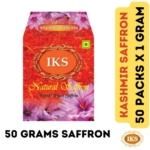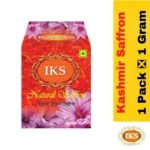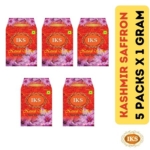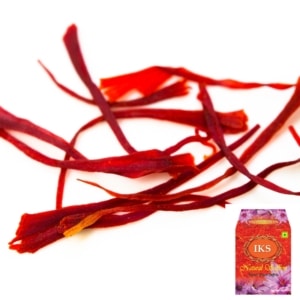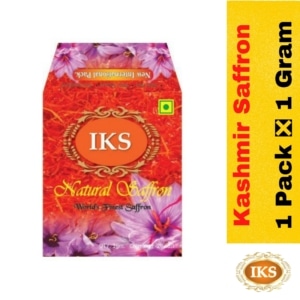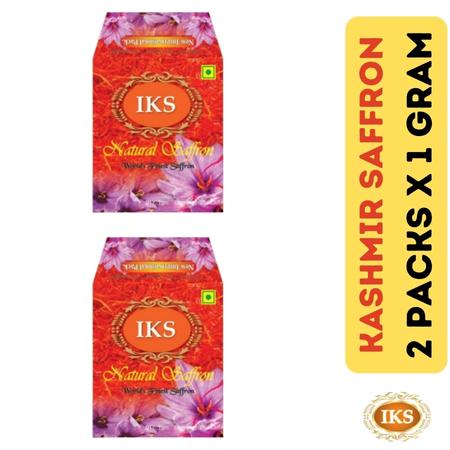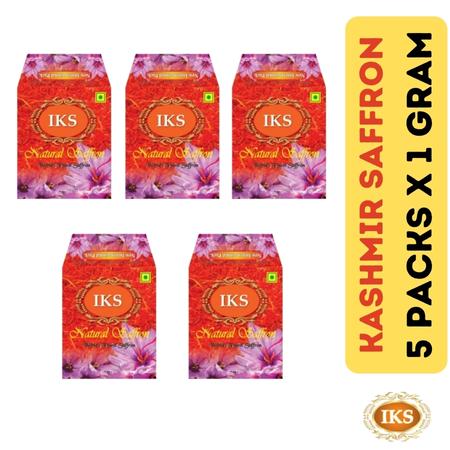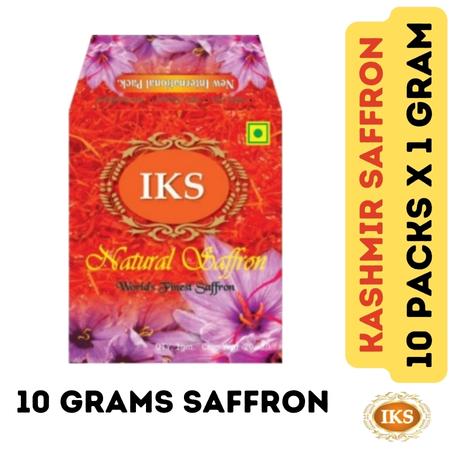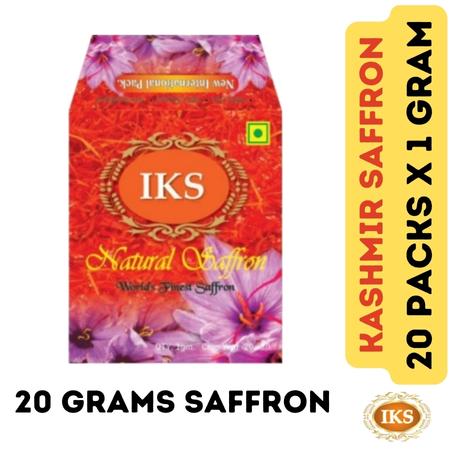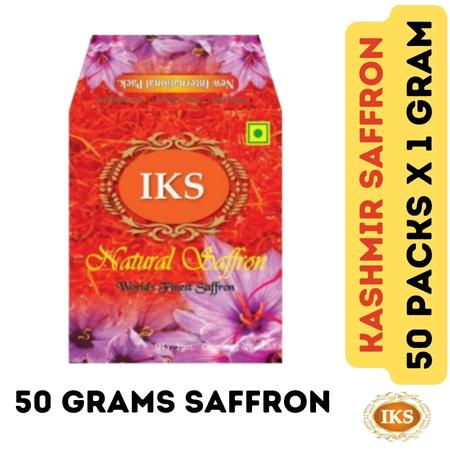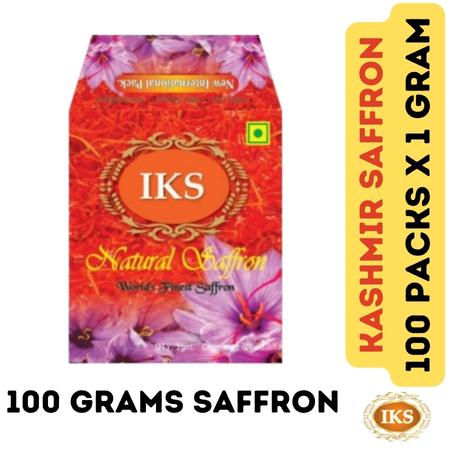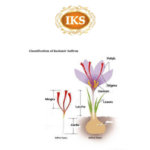It is believe that use of Saffron (Kesar / Kumkum Puvvu) in worship rituals to please the god & goddess. Saffron is considered and one of the pious thing to be used for worship purpose. Saffron is used in temples to perform various rituals that include poojas, archanas, yagyas and it is also used as an ingredient in the preparation of the deity’s blessings also known by the name of ‘prasada’.
Saffron paste is used to anoint virtually all deities of the Hindu pantheon. As part of Hindu rituals saffron paste is prepared and that is applied on forehead as ‘tilak’ or ’bindi’ of devotees as a mark of god’s blessing. Saffron is also used in practice of awaking of chakras.
Some more use of Saffron in Temples, Worship & Rituals:-
According to the astrological studies, putting holy mark (Tilak) of saffron on forehead brings the prosperity in life. In the Indian mythology “Brihaspati” or “Jupiter” has a place of “Guru” and “Vedic deity” or “Giver of Prayers” who gives eloquence and strengthens the fate. SUN, MARS, BRIHASPATI are recognized by their favourite colour and that is “SAFFRON” or “KESAR.”
As per the holy books of Hindus, Lord Krishna loves saffron in the milk and devotees can feel the petrichor of the saffron in the streets of “Mathura” and “Vrindavan”.
In the yajnas fire turns into saffron flames and it is very pure form of fire (Agni) and fire produces light to symbolize its purity and the illumination devotees worn saffron on their forehead, middle belly, chest, hollow of throat and chants mantras.
Saffron colour is a very soothing colour for eyes as well. We cant stare at sun in the day time with our bare eyes but in the early morning Vermillion sun gives strength to our eye vision and produces elevated aura surrounding us.
Saffron is used in many poojas and archanas like Graha Pooja, Mahamrityunjay Yajan and in many festivals like Diwali, Ganesh Pooja, Krishan Janmashtami, Rakshabandhan etc.


